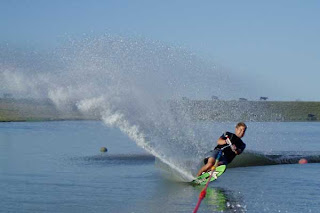
BACKGROUND
When framing a shot, pay as much attention to the background as you do your subject. A complimentary background can enhance a mundane subject – a poor choice of background will make a great subject fall flat.
KEEP IT SIMPLE
The strongest compositions are ones that get their message across quickly. Look for the building blocks of a great photograph in lines and shapes.
PERSONALISE IT
Ask yourself what you’re drawn to in a scene – the height of a building, the patterns in a field, the shape of a flower – and bring that element out.
WATCH THE CROPPING
When you’re framing people, avoid chopping them off at the knees or ankles.
THINK ABOUT NUMBERS
Odd numbers of things tend to be visually more exciting than even amounts. Triangles are more dynamic than squares or rectangles, which echo the boundaries of the frame. Three’s the magic number…
RAISE YOUR ASPIRATIONS
Tell yourself that you’re going to take the best photograph you’ve ever taken when you get up in the morning. This can lead to disappointment in the short term – in the long term; you’ll definitely raise your game.
STUDY THE MASTERS
We’ve given you a taster of three masters of their craft in this book – take time to search out the cream of contemporary and classic photography (keep an eye on Digital Camera Magazine book reviews) and work out what it is about their composition that makes all the elements click into place.
AVOID CLICHÉS
Don’t be happy with simply imitating other photos you’ve seen. Think about using different lenses, treatments and viewpoints. Don’t be afraid to lie down in the mud or sand. Be determined to create something more artistic than you were producing a year ago.
SHOOT PLENTY OF FRAMES
Really work a subject – you’re first shot is rarely your best one and you’re not wasting film anymore. Work through early framing options to chisel your vision and weed out the duff ideas.
ALWAYS CARRY A CAMERA WITH YOU
The more you shoot – family, friends, and daily life – the more you’ll begin to refine your eye for composition. Then, when an once-in-a-lifetime situation presents itself, framing it quickly will be second nature.
Reference: Digital Camera Magazine



